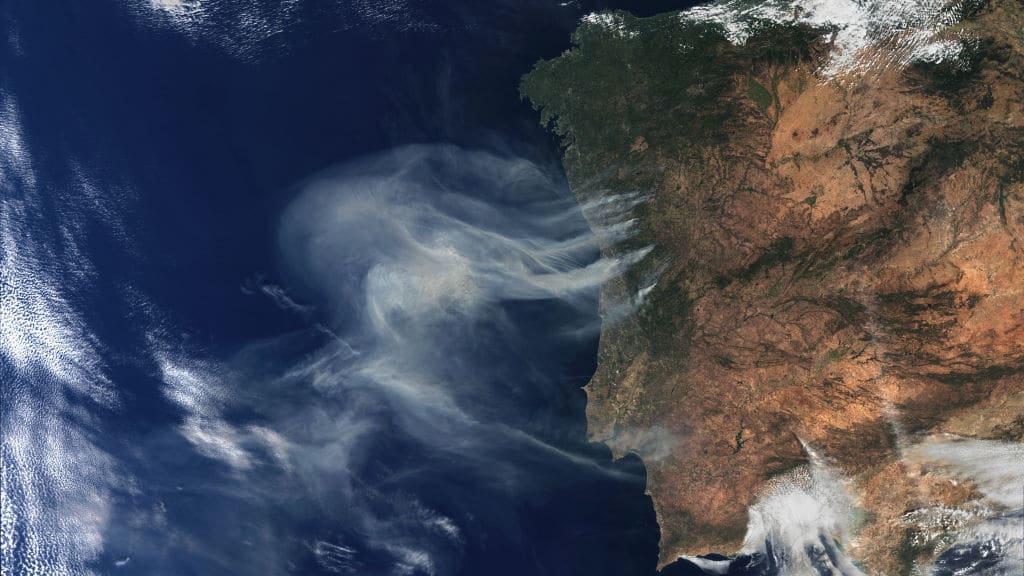This post was originally published on Eco Watch
Raging wildfires across Portugal — likely caused at least in part by arsonists and exacerbated by the country’s unique climate — have killed seven, injured dozens and prompted a state of calamity for areas hit hardest, mostly in the north. Although firefighters have since quelled most of the flames, the fires have destroyed multiple homes, as well as tens of thousands of acres of forest.
Three of the victims were firefighters: Sónia Cláudia Melo, Paulo Jorge Santos, and Susana Cristina Carvalho, Portugal’s civil protection service said in a Facebook Post.
Portugal’s national civil protection commander Andre Fernandes said the firefighters died after the vehicle they were in caught fire, but it’s unclear whether the vehicle crashed before it was engulfed in flames. Portugal’s Prime Minister Luís Montenegro said they were “heroes who gave their lives defending Portugal and the Portuguese people. The greatest tribute we can pay them is to continue fighting, as they did.” The other four victims were civilians.
Portugal’s Council of Ministers declared Friday to be a day of mourning for the victims.
Police said that several of the fires were likely started by arsonists, and have arrested 14 people under suspicion of arson in what appears to be a long-running trend. Many of last year’s devastating wildfires in the country were reportedly started by arsonists. As many as 80% of those fires were deliberately caused, according to one report.
A 2012 study examining Portuguese forest fires between 1980 and 2009 found that as forest fires dramatically increased over those nearly three decades, arson was the leading cause of fires, making up an average of 38% of all fires. A further 28% were caused by negligence with less than 3% being attributed to “natural causes.”
Salvador Pinho Ferreira de Almeida, a professor and civil protection expert at Lusofona University, told Reuters there was strong evidence of criminal activity because the fires “started at night and it’s very bizarre to see so many outbreaks and so scattered.”
Montenegro on Tuesday pledged “repressive action” against crimes “committed in the name of particular interests,” although without clarification, according to Reuters.
In addition to having an abnormal number of arson-related fires, Portugal’s geography and climate are conducive to fire spread. Andre Inacio, a criminologist and researcher, told Reuters the human-caused fires are fast to spread due to Portugal’s dry forests and strong wind.
“Not managing the landscape intensively enough is creating this explosive situation,” Lindon Pronto, a fire management expert at the European Forest Institute, told Reuters.
While many of the fires have subsided, toxic particulate matter from the smoke looms over northern Portugal and is predicted to move into northern and central Spain in the coming days, according to the EU’s Copernicus model.
The post Portugal Declares State of Calamity After Wildfires Kill 7 appeared first on EcoWatch.





0 Comments